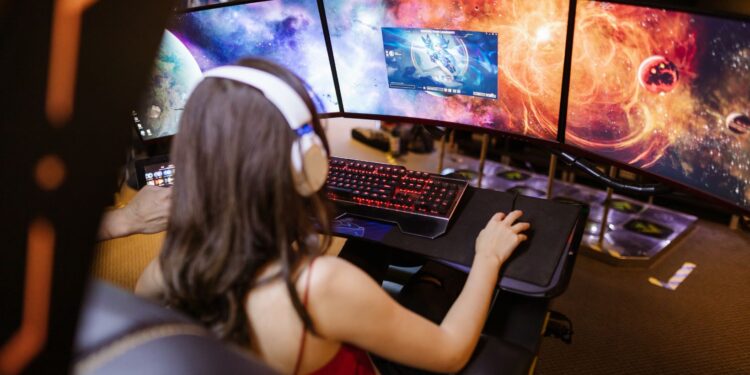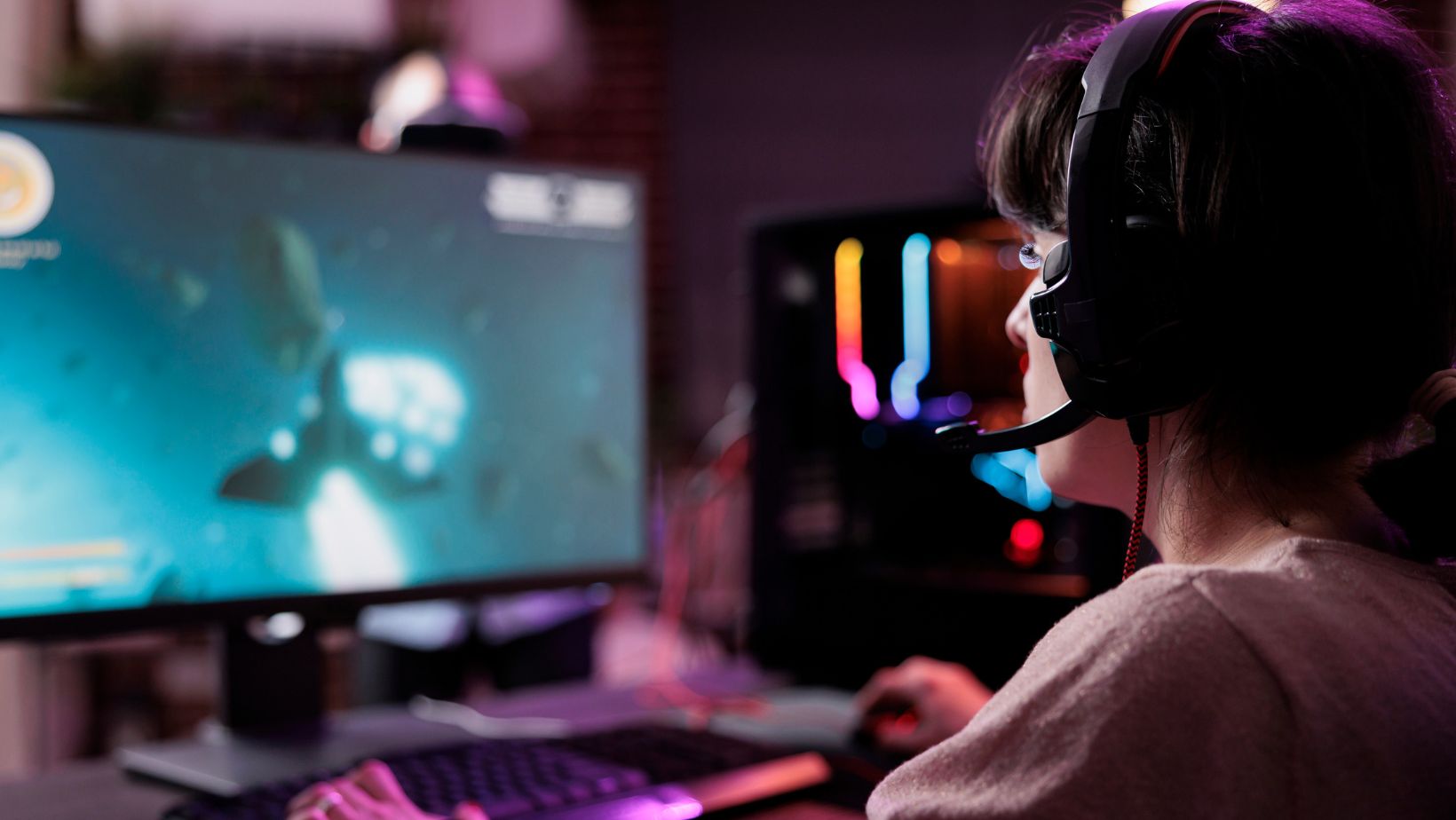More Than Background Noise
When players think about what makes a video game memorable, they often point to visuals, storylines, or mechanics. Yet sound—whether through music, effects, or ambient design—shapes immersion in ways that are often underestimated. From the subtle creak of a wooden floor to a swelling orchestral theme before a boss fight, sound is a tool that developers use to guide emotion and reaction without players even realizing it.
Music as Emotional Architecture
Music in games does more than set the mood; it structures the emotional journey. Iconic soundtracks like those of The Legend of Zelda or Final Fantasy are inseparable from the gameplay experience, their melodies instantly evoking nostalgia and a sense of adventure. Developers carefully compose scores to reinforce tension, victory, or mystery, crafting an emotional architecture that holds the entire game together.
Indie developers, too, have embraced this power. Titles such as Celeste or Hollow Knight demonstrate how soundtracks can amplify storytelling without a single word being spoken. The right notes can turn a simple platforming sequence into an unforgettable moment of resilience or despair.
The Science of Sound Design
Beyond music, sound effects anchor players in a digital world. A perfectly timed footstep, the echo of a cavern, or the metallic clash of swords adds believability and texture. Sound designers employ psychoacoustic principles—how humans perceive sound—to create effects that feel more “real” than reality itself.
Silence, too, becomes a design choice. In horror games, sudden silence before a jump scare heightens anticipation. In strategy titles, quiet moments allow the mind to breathe before the next intense decision. These techniques show how audio functions not only as decoration but as gameplay itself.
Voice Acting and Character Identity
Voice acting has evolved from simple catchphrases to full performances that rival film and television. Characters like Joel and Ellie in The Last of Us or Geralt in The Witcher are defined not just by their lines, but by the delivery, tone, and nuance that voice actors bring. Without authentic vocal performances, the narrative weight of these games would be drastically reduced.
Localization has also become critical, ensuring that characters’ voices resonate across cultures while preserving the original intent. This makes voice work a global cornerstone of modern gaming.
Sound as Gameplay Feedback
Audio is also a direct feedback tool. The satisfying “ding” of leveling up, the warning sound of low health, or the rhythm of footsteps behind you in a multiplayer shooter all deliver critical information. Good audio design can enhance reflexes, strategy, and decision-making by alerting players to threats or opportunities that visuals alone might miss.
Competitive players often rely heavily on sound cues. In games like Counter-Strike or Valorant, a single footstep can mean the difference between victory and defeat. Here, headphones become as essential as controllers, emphasizing the importance of precision in sound design.
When Sound Becomes Culture
Game music and soundscapes extend beyond consoles and PCs, spilling into culture. Concerts featuring symphonic renditions of game scores attract thousands of fans worldwide. Tracks originally designed for gameplay are now streamed independently, proving their artistic value beyond the medium.
Platforms and communities increasingly recognize this. Just as companies like VBET invest in creating polished user experiences across digital spaces, the gaming industry invests in immersive audio to keep audiences engaged and loyal. This shared focus on design demonstrates how crucial sound has become in shaping cultural products.
The Future of Game Audio
Looking ahead, advancements in 3D audio and spatial sound promise even deeper immersion. Technologies such as binaural recording and real-time sound mapping will allow players to hear environments exactly as they would in reality, from distant echoes to the whisper of wind.
As virtual and augmented reality continue to develop, sound will not just complement visuals but lead the experience. The line between hearing and feeling will blur, making audio one of the most vital frontiers in interactive entertainment.
The Lasting Echo
While graphics evolve rapidly and gameplay mechanics innovate, sound remains a constant force shaping how players feel, act, and remember. It is the invisible architect of immersion, guiding hearts and minds through every digital journey. Games may be seen with the eyes, but they are remembered with the ears.



















